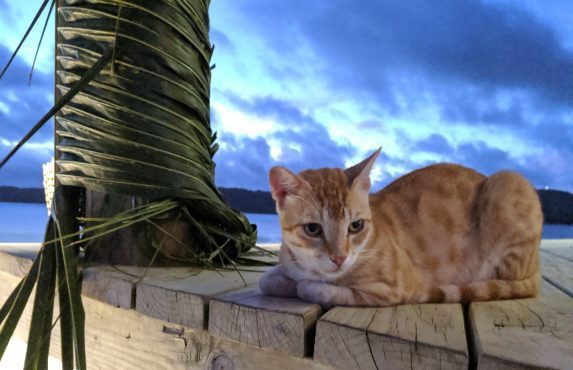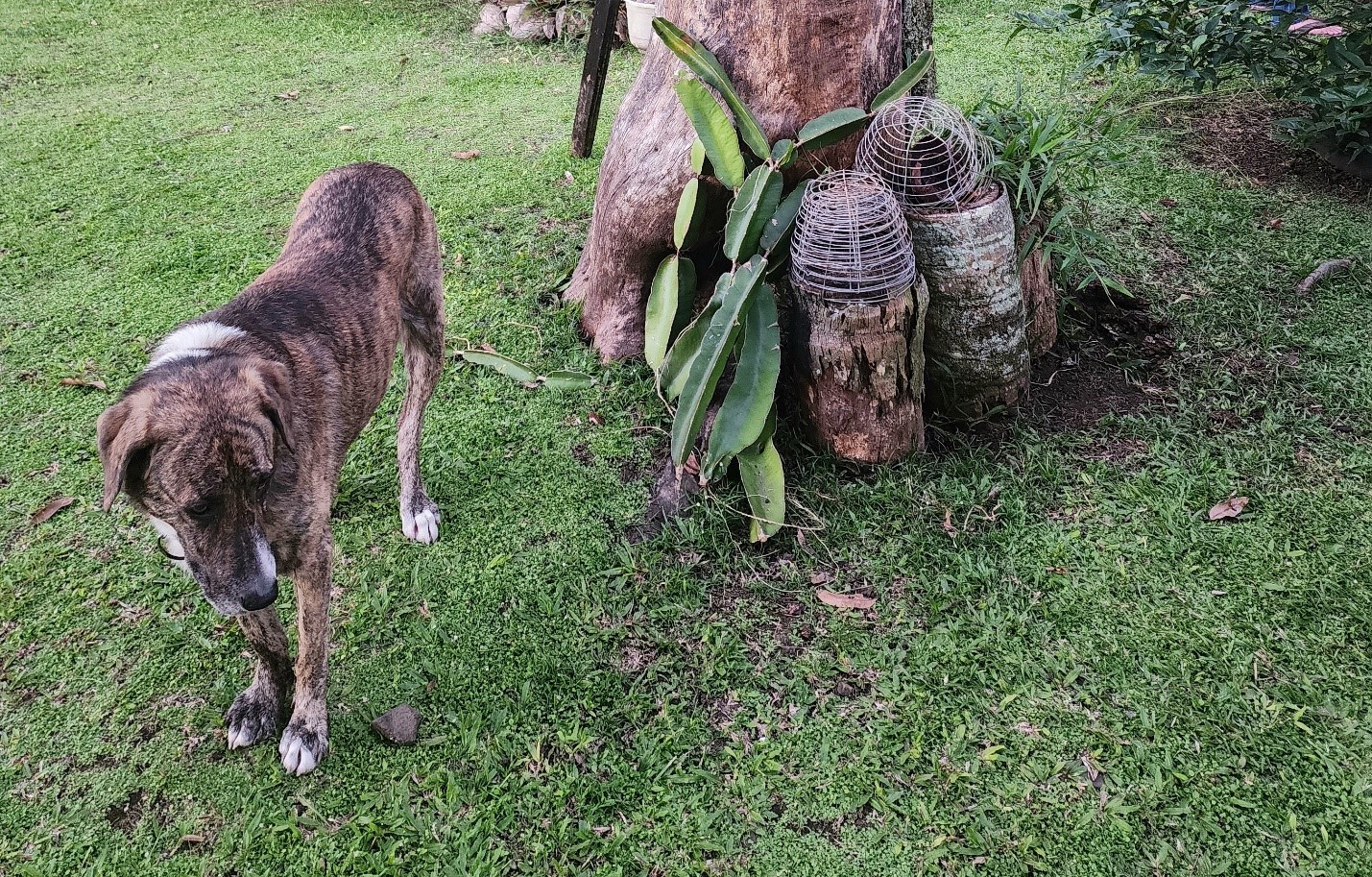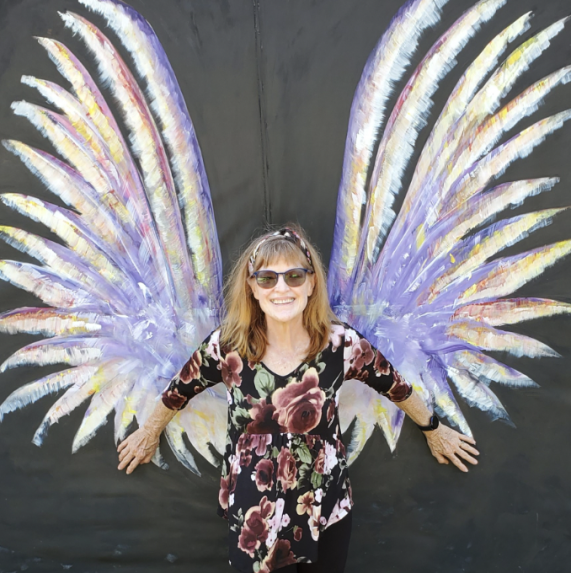This article reviews an interesting fact about the dogs of the Cook Islands. Blogger Nina S. Jones, who recently visited the Cook Islands shares her newfound discoveries on these animals which are an integral part of life on these islands.
The Cook Islands are comprised of 15 very distinct islands situated in the South Pacific Sea closest to Samoa and Tahiti (but ‘close’ in the Pacific Ocean can mean hundreds of miles). While they are an independent nation, they have maintained an association with New Zealand since 1965.
There are so many unique aspects of the Cook Islands. This article examines the unique position of dogs on the three most visited islands, and how a shift in attitude has created three diverse canine experiences.

Image courtesy of Te Are Manu
The dogs of Rarotonga
No doubt any traveler who visits Rarotonga, the capital of the nation, will notice immediately is the friendly and free roaming dogs. Generally, well mannered, with a bark or two and very little fear of local traffic, they wander throughout the communities. But is this because they have overrun the island, or a cultural norm?
There are approximately 10,000 full time residents recorded on the island of Rarotonga. The approximate number of dogs is a surprising 4,000 dogs.
According to Te Are Manu (Cook Islands) a charitable Veterinary Service organization based in Rarotonga, the dogs of Rarotonga “…are an integral part of life here in Rarotonga. In fact, most homes have two dogs, and they are usually important members of the family. They are considered ‘wandering dogs’, no ‘stray dogs’. Being free range (not tied up), they wander around and give the impression that they don’t belong to anyone. They are more than happy to sit, swim and walk with you. After all, what you are doing is more interesting than sitting waiting for the family to come home.”
Please don’t feed the dogs of Rarotonga – Enjoy Cook Islands

Cats and farm animals are plentiful on Aitutaki (image courtesy of aitutakicats.com)
No dogs on Aitutaki
Completely on the other end of the scale is the picturesque island of Aitutaki. It is much smaller than Rarotonga, but it has a massive, perfectly turquoise lagoon that surrounds much of its shores. Interestingly enough, dogs are not allowed anywhere on the island. They have been banned since the early 1900s.
Three well circulated wives’ tales are attributed to this law: Some believe that the ban was because of a fear that dogs carried leprosy. Another rumor is that a dog savagely bit the child of an island chief. The final rumor is that the dogs were all eaten, but thankfully that has been basically debunked.

Friendly neighborhood dog on Atiu
A fascinating middle ground on Atiu
The third island with an interesting ‘dog’ story is the remote island of Atiu. The human population of this island is less than 400. A small propeller plane will bring mostly supplies with a few ‘visitors’ each day.
You will find dogs here, but not like you’ve ever seen before. They are peaceful and calm, healthy and loved. They do not bark; they do not run around. They stay willingly in their yard with no ropes or chains.
The story of how the island got that way is fascinating. As the tale goes, in the past there were packs of marauding canines that would attack people and livestock. For such a small island surviving off of their meager income, this was devastating. A decision was made that all dogs who posed a threat would be destroyed. Sad as it was, a fascinating consequence developed. Dogs that were calm were kept. After a while, the dogs on Atiu were both well cared for and tame. The question is, did these highly intelligent dogs understand the consequences of these imposed ‘rules’, or did they simply become bred to be calm and content to stay in their own yards? The bottom line is that there are beautiful, friendly pets across the island, with no damage to people or possessions.
Just one of the ways to enjoy the diversity of the Cook Islands
This article provides just one example of how the individual islands that are contained in the Cook Islands are unique. If you get the chance to visit the Cook Islands in the future, consider staying for at least two weeks so that you can visit various sites, cultures, and terrains across this magical country in the South Pacific. It will be a vacation you’ll always remember!
Lead image for this blog is provided by Vecteezy.com
Bio of Nina S. Jones, Blogger for the Polynesian Culture Center

Nina Jones, a mainland gal from way back, is now a transplanted Islander. With her husband of over 45 years, she volunteers at the Polynesian Cultural Center. Her hobbies include swimming, traveling, studying and writing about what she is learning from the various Polynesian cultures. Her blogs focus on their history, beliefs, practices and – as an added bonus – delicious food! To her, Polynesia is not just a place to visit, it is a way to live and she is very honored to be able to be a part of their amazing world.


Recent Comments